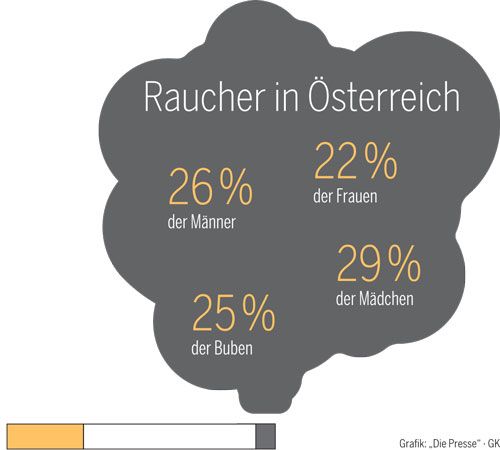Reading time: 2 minutes of scary stories arrive. Whether on Halloween, around the campfire or at a children’s birthday party. Goose bumps are guaranteed to the audience if you tell the story instead of reading it aloud. I will tell you why in the article and how you can become the perfect scary narrator.

Scary stories: How to tell with goosebumps guarantee
Narration creates closeness – reading aloud creates distance
Scary stories around the campfire or at the overnight party are told, not read aloud. The reason is not that there is no book at hand or that it is too dark to be read. But that storytelling creates a special closeness, which in turn conjures up goose bumps.
Reading aloud brings you closer to the reader, but creates distance from the story. That is why reading aloud helps to talk to children about stressful topics. The listeners can empathize with a character from a story read out loud. However, the protective separation still exists: that’s the figure in there in the book, I’m out here. We may have experienced something similar, but we are not one.
How to tell with a scary guarantee
Speak verbatim
Indirect speech brings neutral distance to the action, for example: "Peter said that he was afraid and wanted to run away." It is more exciting to choose the words: "Peter said: I’m scared. I would like to run away. "
Play with volume and speed
Did you repeat the sentence out loud? Then you noticed: "Peter said" does not fit when telling. You make a “whispered ". And what Peter says, speak in a tender voice, like to stutter, with the courage to take a break:
"Peter whispered: Me, BREAK I’m afraid. BREAK I want to get out of here. "
Make reference to the situation and people here and now
When telling, you have the opportunity to relate the scary story to the people sitting in front of you. Or you can go into the current situation, such as the weather or the time. Both create closeness because the listeners identify with the figure and situation.
E.g.. The girl said almost tonelessly: "My name is Anna." She kept brushing a strand of hair from her face. The way you do it Lea. It was that evening just as cold as today with us. The windows on the car were covered with ice flowers.
Or and imagine Lea. This girl took the number 5 bus to the main train station. Just like you when you go horse riding."
Eye contact and dim light
Choose the seating arrangement so that you can face each listener directly. Strong eye contact conveys: "I think the narrator is talking about me." That’s why it’s more creepy to tell the story in dim light and not in complete darkness.
Better in a small group
The narrator can better maintain a connection with a small group of children or young people. If a listener does not feel noticed, there is a great risk that he will step out of the story and have fun with his partner. If two listeners start to sabotage the creepy story with debilitating comments, the goose bumps are over.
Dare – perfect is not creepier
I can almost hear you squirming: "But I’m not a good enough narrator. Maybe I’ll forget an important part of the story. I prefer to read out, that’s safer. " I can understand this fear. However, it is unfounded. Scary stories don’t seem scary because they are read perfectly. They live close. The possibility that the same thing happens to the listener. Maybe now. At this moment. And you support this illusion as a living narrator with pulse and breath and natural speech.
Would you prefer to read aloud first? I also have tips and tricks for this:
Photo credit: Konstantin Yuganov / stock.adobe.com
PS: Quality management is important to us!
Please let us know how you like our contribution. To do this, click on the asterisks shown below (5 asterisks = very good):
RELATED ITEMS
-

15 Things Parents Should Know When To Tell About Children Drugs
Hello. Hey, drugs. Sit down. Yes, right there on the mirror is fine. No, you are not in trouble. We need to talk. # 15. say…
-

Explain children to easter: tell the backgrounds of the great holiday in a child-friendly way
In Easter, the Christian tradition commemorates the death and resurrection of Jesus, in the Jewish tradition the Hebrews move out…
-

Why so many young people smoke
Austria’s young people are “European champions” in smoking. This is no coincidence, because when implementing legal tobacco controls, such as smoking bans…
-

Child nutrition – nutrition tips for children and adolescents ›
A needs-based, d. H. Wholesome nutrition for children consists of a mixture of animal and plant foods, some of which are raw,…
